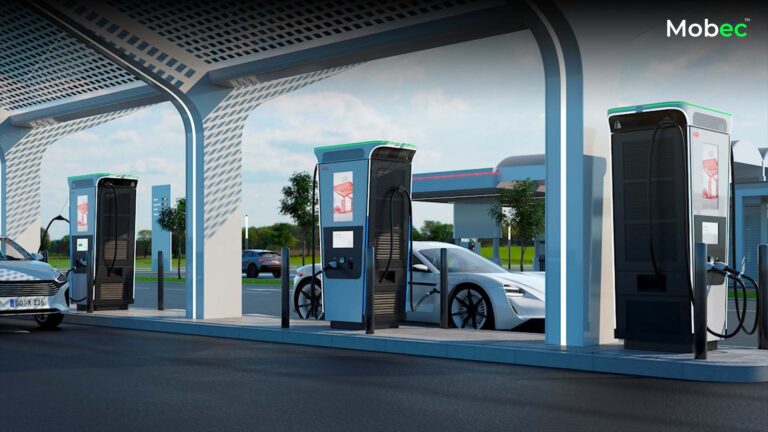In the relentless pursuit of a sustainable future, governments across the globe are taking center stage in shaping the electric vehicle (EV) landscape. From incentivizing EV adoption to formulating comprehensive regulatory frameworks for charging infrastructure, the policies enacted today play a pivotal role in determining the trajectory of the entire industry. Let’s delve into the intricate world of the evolving regulatory landscape for EV charging, exploring key policy initiatives, regulatory frameworks, and the crucial role of government incentives.
1. Green Imperative: Driving Forces Behind EV Regulatory Push

Incentivizing Sustainable Choices
Bold government initiatives worldwide aim to create a paradigm shift towards sustainable transportation. Explore how incentives such as tax credits, rebates, and reduced registration fees incentivize consumers to make the switch to electric, aligning personal choices with environmental stewardship.
Environmental Goals and Emission Targets
Governments are setting ambitious environmental goals and emission reduction targets. Uncover how these goals act as catalysts, prompting comprehensive regulatory measures that not only encourage EV adoption but also drive the development of robust charging infrastructure.
2. Charging Models and Regulatory Frameworks: Navigating Diversity

Home Charging: Residential Regulations
Delve into the regulatory frameworks governing home charging, where most EV owners kick-start their charging routine. From electrical safety standards to zoning regulations, understand how governments ensure seamless and safe residential charging experiences.
Public Charging: Challenges and Standardization
As public charging networks expand, so do the regulatory challenges. Explore the complexities governments face in standardizing public charging infrastructure, addressing issues of accessibility, interoperability, and equitable distribution across urban and rural landscapes.
Workplace Charging: Balancing Employer and Employee Needs
The workplace is emerging as a significant charging hub. Uncover the regulatory considerations surrounding workplace charging, balancing the needs of both employers and employees while promoting a sustainable commuting ecosystem.
3. Government Incentives: Catalysts for Change

Tax Incentives and Rebates: Driving Economic Viability
Governments play a crucial role in bolstering the economic viability of EVs. Analyze how tax incentives and rebates act as economic drivers, making EVs more accessible and attractive to a broader consumer base.
Investment in Charging Infrastructure: Paving the Way for Growth
Explore how government investments in charging infrastructure not only facilitate immediate growth but also serve as strategic investments in long-term sustainability. Governments are not just regulating; they are actively shaping the charging landscape.
4. International Perspectives: A Global Patchwork of Policies
Comparative Analysis of Regulatory Approaches
Take a global tour of the diverse regulatory approaches adopted by different countries. From Europe’s ambitious emissions targets to China’s aggressive push for EV dominance, understand how cultural, economic, and environmental factors influence regulatory landscapes.
Harmonization Efforts: Striving for Global Compatibility
While diversity exists, efforts for harmonization are underway. Explore international collaborations aimed at creating compatible charging standards and fostering a globally connected EV ecosystem.
5. Regulatory Challenges and Innovations: Navigating the Road Ahead
Overcoming Regulatory Roadblocks
Examine the roadblocks that governments and industry players face in implementing and adhering to these regulations. From technological challenges to resistance from traditional automotive sectors, the path towards effective regulation is not without hurdles.
Innovations Shaping Regulatory Futures
Discover the innovative solutions and technologies that are emerging to address regulatory challenges. From smart grid integration to AI-driven charging optimization, the industry is actively shaping a future where regulations and innovations complement each other seamlessly.
Conclusion: Navigating the Regulatory Roadmap
In conclusion, the regulatory landscape for EV charging is a complex yet essential roadmap shaping the future of sustainable mobility. Governments worldwide are not merely enacting rules; they are steering the industry towards a cleaner, greener horizon. As we witness this evolution, it becomes clear that the success of the electric vehicle revolution hinges on the delicate balance governments strike between regulation and innovation.
In a world where sustainable mobility is not just an option but a necessity, the evolving regulatory landscape is the guiding force ensuring that every charge taken is a step towards a cleaner, more sustainable future.
Frequently Asked Questions (FAQs)
Why are governments pushing for EV charging regulations?
Governments are pushing for EV charging regulations to accelerate the transition to cleaner transportation. These regulations aim to build robust charging infrastructure, promote environmental sustainability, reduce reliance on traditional fuels, and create a framework for the widespread adoption of electric vehicles (EVs).
How are governments incentivizing EV adoption?
Governments incentivize EV adoption through various measures, including tax credits, rebates, subsidies, and special lanes for EVs. These incentives aim to make electric vehicles more affordable, encourage consumers to choose sustainable options, and stimulate the growth of the EV market, contributing to overall environmental goals.
What are the main challenges in regulating public charging infrastructure?
The main challenges in regulating public charging infrastructure include ensuring widespread accessibility, standardizing charging protocols, addressing interoperability issues, and managing the infrastructure’s scalability. Additionally, balancing the interests of different stakeholders, such as private charging providers and the public, poses regulatory complexities.
How are governments balancing the needs of employers and employees with regards to workplace charging?
Governments strike a balance between employers and employees by offering incentives for companies to install workplace charging stations. This encourages employers to provide charging amenities, enhancing the appeal of EV ownership for employees. Regulations may also address issues like cost-sharing, ensuring a fair and sustainable solution for all parties involved.
What are some successful examples of EV charging policies from around the world?
Successful examples of EV charging policies globally include Norway’s comprehensive incentives, such as tax exemptions and toll benefits; China’s aggressive investment in charging infrastructure; and California’s Zero Emission Vehicle (ZEV) regulations, mandating automakers to produce a certain percentage of electric or hydrogen vehicles. These policies showcase diverse approaches fostering EV adoption and sustainable mobility.





















+ There are no comments
Add yours